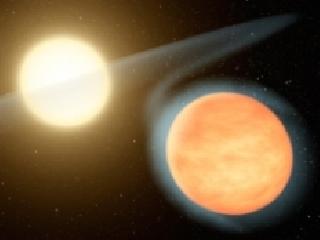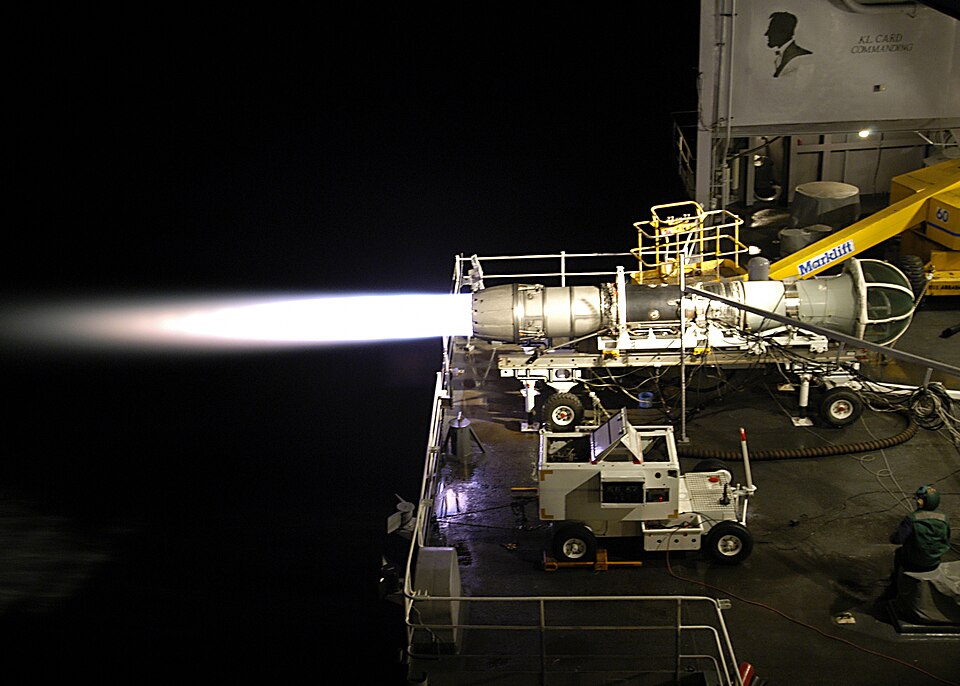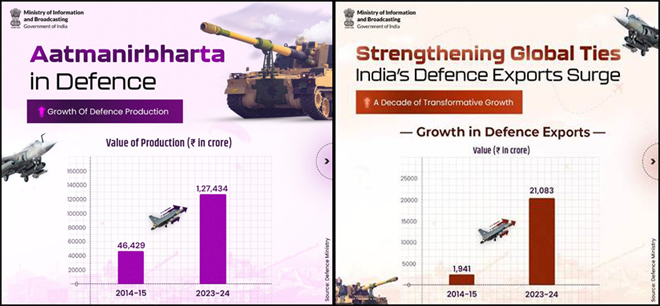
An artist's concept of the extremely hot exoplanet WASP-12b and its host star. A NASA/JPL photo
CAMBRIDGE (BNS): A massive hot exoplanet having an atmosphere substantially enriched with carbon could possibly be composed of pure carbon rocks like diamond or graphite, a team of astronomers has said.
Measuring the atmosphere of WASP-12b, a scorching exoplanet about 1.4 times the mass of Jupiter and located about 1,200 light years away, the researchers have found that the carbon-oxygen ratio in the planet is greater than one.
This is the first carbon-rich world ever observed.
The ultra-hot planet revolves around its host star in a little over a day, with one side always facing the star. It is so close to its star that the star's gravity stretches the planet into an egg-like shape.
"This planet reveals the astounding diversity of worlds out there," said Nikku Madhusudhan, a former researcher in the Massachusetts Institute of Technology and lead author of the paper reporting the new findings in the latest issue of the journal Nature.
"Carbon-rich planets would be exotic in every way -- formation, interiors and atmospheres," the researcher said.
This interesting property in WASP-12b, believe the astronomers who made the discovery by using NASA's Spitzer space telescope, could lead them to explore an entirely new class of exotic exoplanets in the Universe.
While the carbon-to-oxygen ratio in rocky or terrestrial planets in the Solar System, like the Earth, Mars, Mercury and Venus, is one to two or 0.5, this ratio has not been measured for huge planets like Jupiter. That is because water, which is the main carrier of oxygen, is only present deep in their (giant planets’) atmospheres and is therefore difficult to measure.
Now, with the measurement of WASP-12b’s atmosphere, which is a “hot Jupiter” largely made of gas and has no surface to host life, the scientists say that it could be bearing a form of diamond or graphite in its interior instead of the silica-based rock found in Earth.
The research team also suggests that rockey, Earth-sized exoplanets may have formed around the same star as the planet WASP-12b billions of years ago.
If detected, these smaller planets could also have carbon-rich atmospheres and interiors, meaning that for life to exist on such planets, it might have to survive with very little water and oxygen and plenty of methane, said Madhusudhan, now a postdoctoral researcher at the Princeton University.
And such a possibility might not be so far-fetched given the recent announcement by NASA of the discovery on Earth of bacteria that can survive in arsenic – a poison to humans.
 Previous Article
Previous Article












The Indian Air Force, in its flight trials evaluation report submitted before the Defence Ministry l..
view articleAn insight into the Medium Multi-Role Combat Aircraft competition...
view articleSky enthusiasts can now spot the International Space Station (ISS) commanded by Indian-American astr..
view article